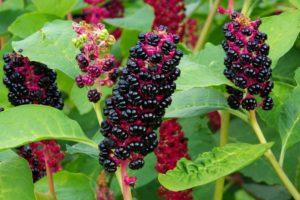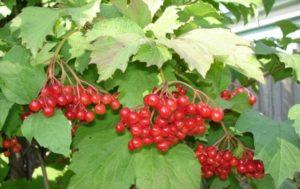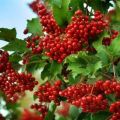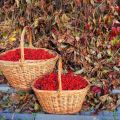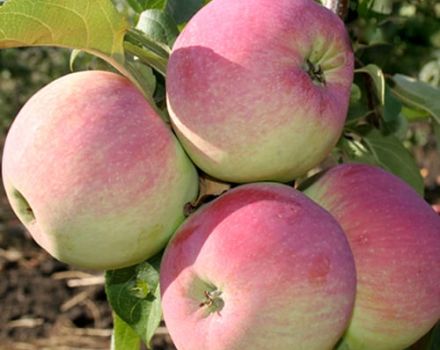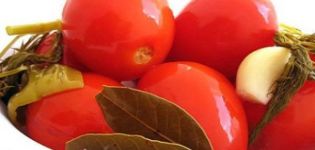Description and characteristics of the viburnum gordovina, the rules for its planting and care
Viburnum black, or gordovina, is a lush shrub on which delicious sweet berries ripen. The plant is used for decorative purposes. This shrub has an unusual appearance. At the time of ripening, the berries first turn red, and then one by one they acquire a blue-black color. The plant is native to southern Europe, but thrives in the middle lane. It is an unpretentious and very hardy shrub that can withstand any weather.
Content
Features of culture
Viburnum gordovina from the same Adoksov family as common viburnum and elderberry. True, it differs from its relatives in a number of morphological features. It is a tall and densely leafy shrub with a lush, rounded crown. The plant has soft, rough moldings that change color during the warm season from green to yellow and burgundy. They fall off in winter.
Viburnum gordovina blooms magnificently in May-June, and after flowering, drupes appear in place of flowers, first green, then red, and at the time of ripening - black. They look like lingonberries, then blueberries. The berries ripen gradually. Throughout the summer, red and several black berries are simultaneously found in numerous shields. It is this feature that gives Gordovin Kalina a special decorative effect.
Kalina gordovina is used for landscaping the backyard area. Single and group compositions are formed from it. She perfectly adapts to the climate of the middle zone. Viburnum gordovina comes from southern Europe and Asia. Jam or compote is prepared from ripe berries. Thanks to the well-developed root system and the growing growth, the plant is recommended to be planted to anchor slopes or slopes.

Characteristics of viburnum gordovina
It is a tall and lush shrub, 1.5-4 meters high, 0.5-1.5 meters wide. This plant can be cut into a tree by pruning. The viburnum gordovina has a dense and dense crown of a spherical shape. This plant is long-lived. Young shoots grow 30 centimeters per year.In youth, viburnum grows rapidly, over time its growth slows down. Shoots - at first green, then brown, with age they turn gray.
The plant has green leaves, oval, with a sharp tip, soft, slightly rough, pubescent below. In May-June, the viburnum blooms. The plant blooms for 2-3 weeks. Viburnum gordovina has small white fragrant flowers, collected in umbrella-shaped inflorescences with a diameter of 10 centimeters. In June, green berries appear in place of flowers. In July, the fruits begin to turn red. Drupes ripen gradually. In August, several blue-black fruits appear in the scutes. The berries are fully ripe by early October.
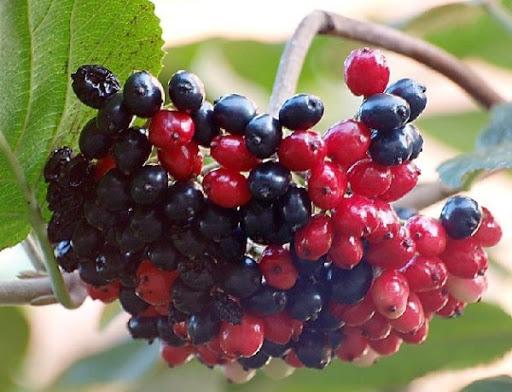
Advantages and disadvantages
Pluses of viburnum gordovin:
- used for decorative purposes and for strengthening ravines;
- has edible berries;
- unpretentious, tolerates gas pollution and dustiness;
- has good frost resistance;
- can grow in a shaded area.
Minuses:
- requires a lot of free space;
- in dense plantings, she is often disturbed by aphids;
- does not tolerate waterlogged soils.

The nuances of growing varieties
Kalina gordovina is exactly the plant that can be planted in a place blown by all the winds. This shrub loves single plantings, but looks good in group compositions. Thanks to the dense and dense crown, the viburnum will create an excellent shield and protect the yard from the wind.
Where does viburnum grow best?
The shrub can be planted near the house, on the lawn in the garden, at the gate, as an extension or one of the elements of a hedge. The plant is undemanding to the planting site. It will be accepted everywhere, it will grow for a long time.
Light requirements
Kalina gordovina grows well if planted on the sunny side. True, this plant perfectly tolerates shade. The main thing is that the place is spacious and well ventilated.
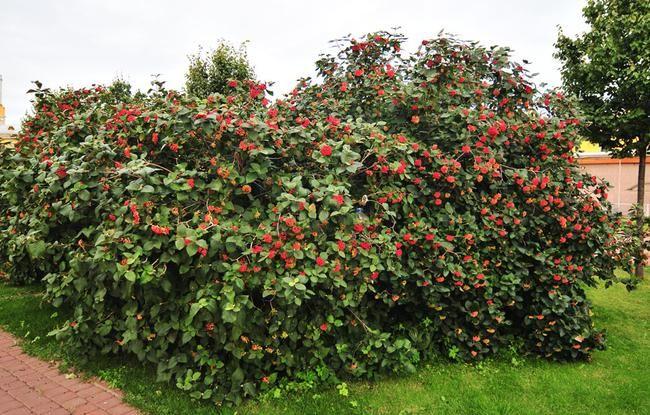
Soil requirements
The shrub loves fertile, carbonate and well-drained soil. The soil can be sandy loam or loamy, but most importantly - light and alkaline. Poor land is enriched with fertilizers before planting.
For gordovina viburnum, a moderately dry area is selected that will not be flooded with water during rains or spring snow melting.
When is the best time to plant common arrogance
A shrub purchased in a container in summer can be planted in the garden at any time. The main thing is that the plant has time to start and gain strength before the onset of frost. Usually young bushes are planted in spring. Viburnum can be planted in the fall, in September-October. Before wintering, the bush will need to be sprinkled with humus or compost.
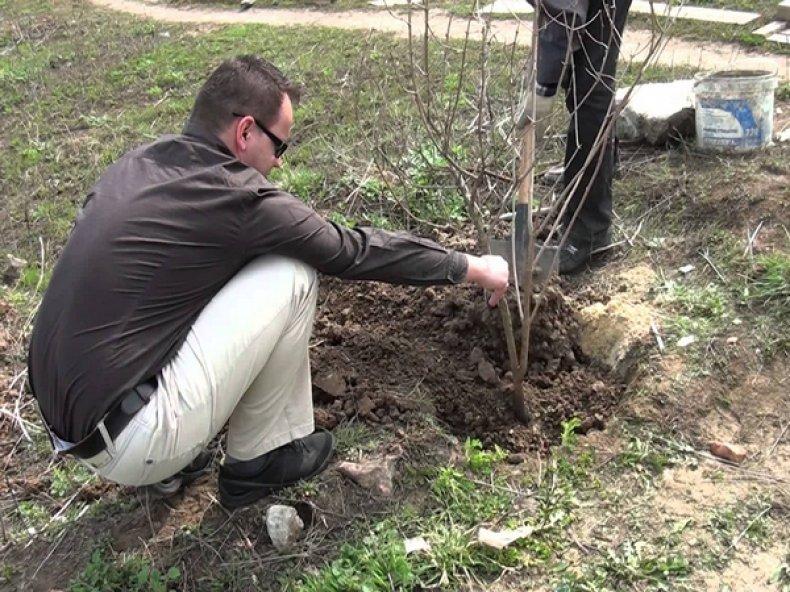
Planting scheme for seedlings
Before planting, you need to dig a hole 50x50 centimeters. It is advisable to leave a distance of at least one meter to the neighboring plant. It is advisable to fertilize the soil selected from the pit with humus (half a bucket), mineral fertilizers (nitrogen, phosphorus, potassium). You can add sand or sawdust for drainage, turf or vegetable garden land. The acidity of the soil is reduced with lime, soda, wood ash.
Part of the fertilized soil is poured back into the hole, a bush is placed on top, and its roots are sprinkled with the remaining soil. The root collar is left at ground level or deepened by only 5 centimeters. The planted plant is watered abundantly with water (2-3 buckets). The near-trunk soil is mulched with sawdust.
Viburnum care rules
The shrub is undemanding to care for. He can do without pruning and watering. Viburnum is frost-resistant, rarely sick, grows in the shade and in the wind. This plant is often used for landscaping city parks and strengthening ravine slopes.
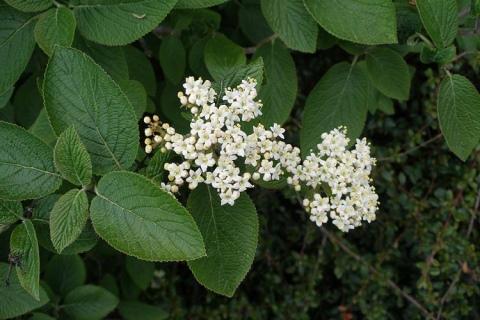
Watering and feeding shrubs
It is advisable to water Kalina gordovin only during the dry season. In the rain, the plant does not need watering, it does not tolerate strong waterlogging. In dry weather, it is watered 1-2 times a week (2-3 buckets of water). Viburnum gordovin is fed three times a season.In early spring, nitrogenous substances are added to the water during irrigation. At the beginning of summer, the shrub is fed with phosphorus and potash fertilizers. In late autumn, before wintering, the trunk circle is mulched with rotted manure.
Pruning shoots of gordovina
The shrub is not touched for the first 2-3 years. They give the plant the opportunity to grow and get stronger. Formative and sanitary pruning is carried out for 4 years in early spring, before the juices begin to move. The branches are pinched 20-30 centimeters so as to give the growing bush the shape of a ball. For 6-8 years, it is advisable to do anti-aging pruning. Old branches must be cut to a strong bud, young ones can be left. Every year in early spring, sanitary pruning is done, that is, diseased, dry, broken branches are removed.
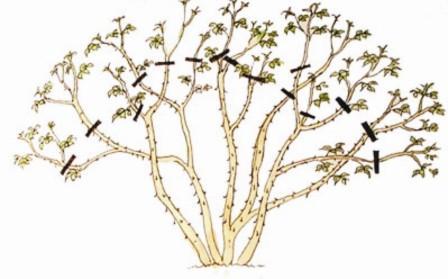
Disease and pest control methods
Kalina gordovina rarely gets sick. If the shrub grows on poor soils, it is affected by powdery mildew, spots. As a preventive measure, the plant is fed with fertilizers three times a season. In the spring, the base of the bush is treated with slaked lime or Bordeaux liquid. In early summer, foliage is sprayed with fungicides (Skor, Horus, Ridomil Gold).
Kalina gordovin must be protected from pests (aphids, scale insects, leaf beetles). As a prophylaxis, the trunk circle in early spring is sprinkled with wood ash and tobacco dust, irrigated with insecticide solutions (Aktara, Aktellik). Leaves in early summer can be sprayed with Karbofos, Chlorophos or other insecticidal agents. Biotlin, Fitoverm helps to get rid of aphids. Chemical treatment can be carried out 2-3 times per season, but no later than 30 days before picking berries.

Does the shrub need special care in preparation for winter
Before wintering, the trunk circle can be sprinkled with a thick layer of rotted humus. This mulch will warm the plant in winter and will serve as fertilizer in spring. It is not recommended to cut branches before the onset of cold weather. A shrub weakened by pruning may not survive the winter well. No more preparatory measures are needed before wintering.
How Kalina Gordovina is propagated
There are several ways to propagate this shrub. The easiest way is to propagate the gordovin viburnum with the help of a growth, which is formed in sufficient quantities near the bush.
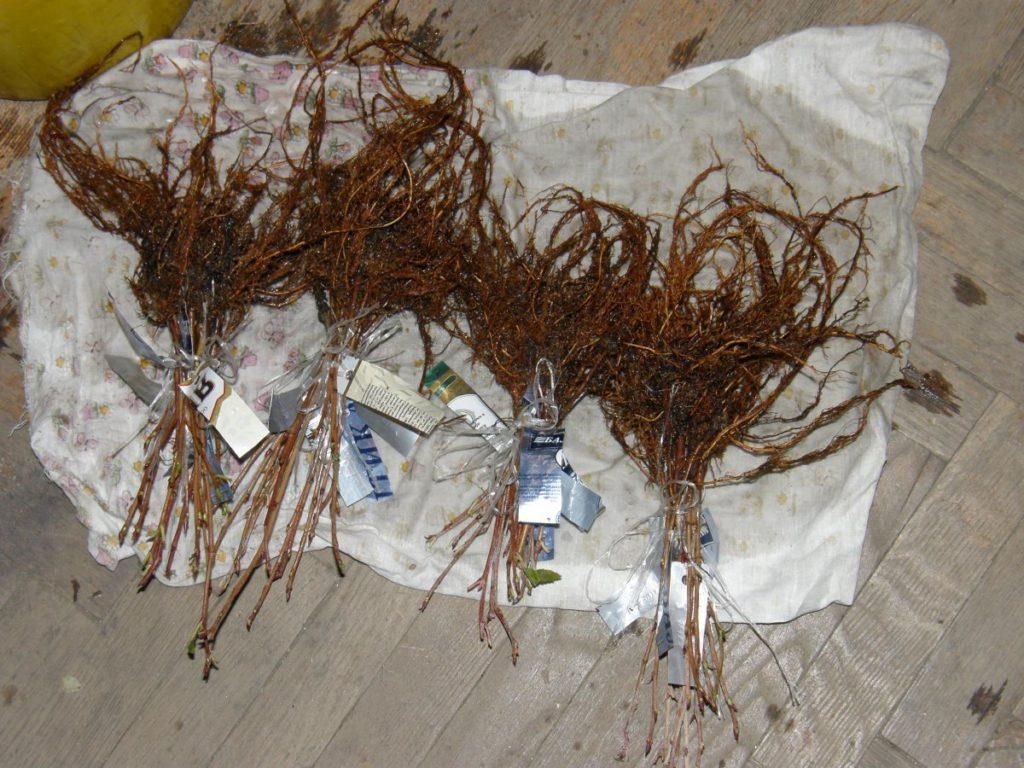
Offspring
Viburnum gordovina gives abundant growth. It can be propagated by root suckers. The young shoot is separated from the mother plant in the spring, the main thing is that it has a well-developed root system. The offspring is transplanted to a permanent place in a prepared pit with fertilized soil and watered with water.
By dividing the bush
You can dig up a young bush and divide it into two divisions. The procedure is carried out in early spring or autumn, immediately after leaf fall. Each division should have three renewal buds. The divided parts of the bush are immediately planted in a prepared hole with fertilized soil and watered abundantly.
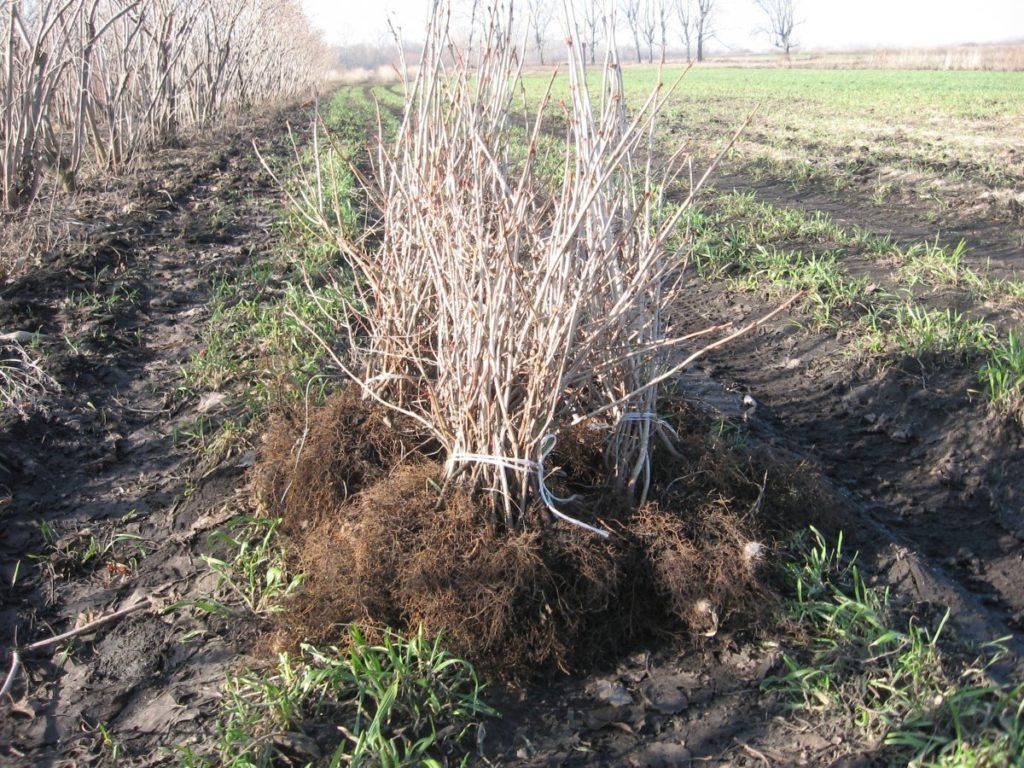
Seeds
The plant propagates using seeds. They are planted in open ground immediately after harvest - in October-November. You can plant the seeds in cups with soil, but first, they need to be stratified for 6 months, that is, they should be kept in the cold (preferably outdoors in the ground). The seedlings that have appeared in artificial conditions need to be looked after for a whole year, periodically irrigated, and kept in a warm room. The grown sprouts in May next year can be transplanted into the garden.
Cuttings
You can propagate the pride with the help of lignified cuttings. Twigs 10 centimeters long with two leaves or buds are cut from the shrub in June-July and placed in water, to which a root formation stimulator or a plant with a well-developed root system is added.
When the roots appear, the cuttings are transplanted into containers with earth. Throughout the year, the sprouts are looked after, periodically watered.The next season, closer to summer, the grown plants are transplanted into the garden.
Collection and storage
Ripe viburnum berries can be picked in October. It is advisable to leave the fruits on the branches until the first frost. After the berries are freezing, the taste is sweeter. Collect the brushes in dry weather. They are carefully cut with garden shears. You can dry the harvested berries, freeze them in the freezer or make delicious jam. They dry viburnum in brushes, tying them in a bunch and hanging them to some support in a dry and cool pantry.
